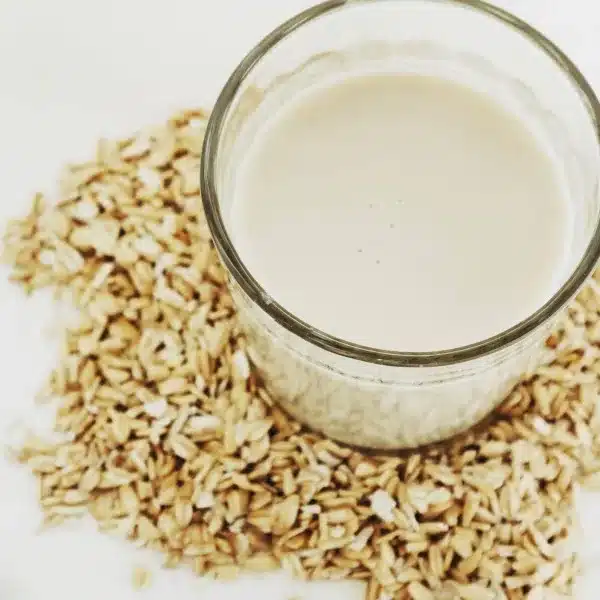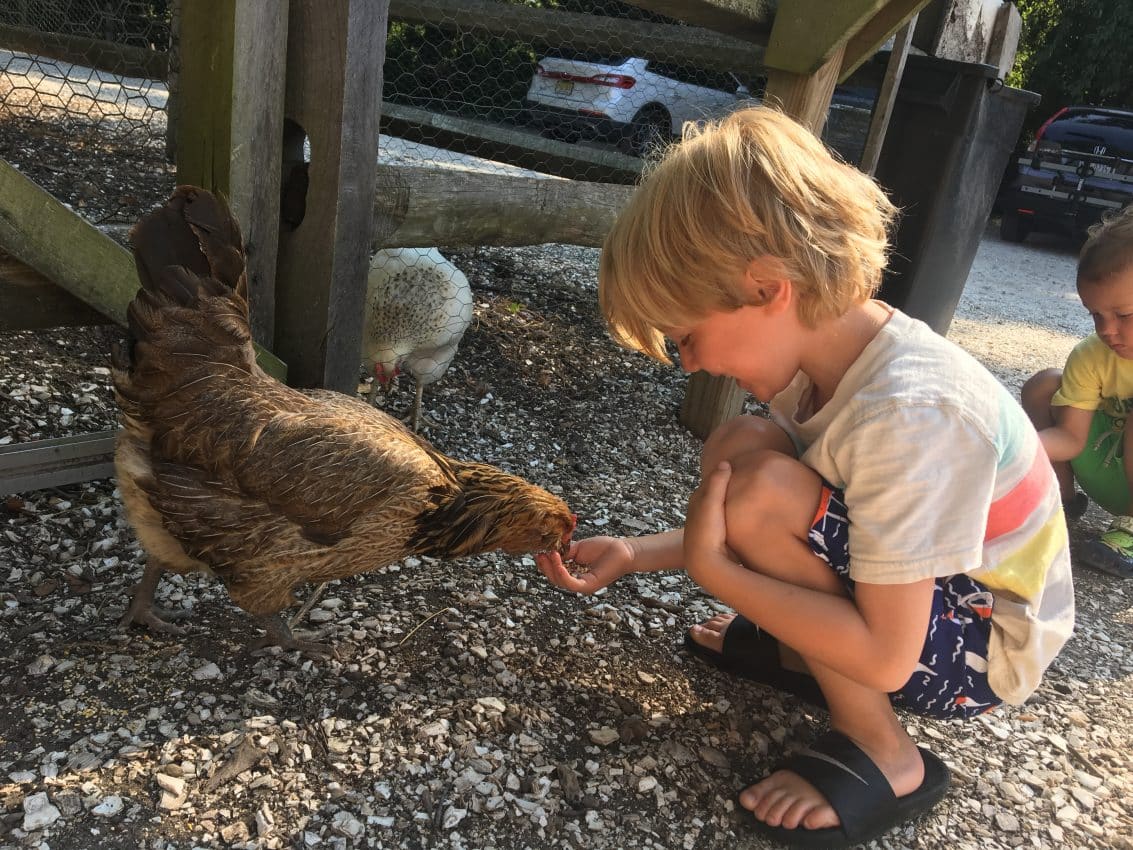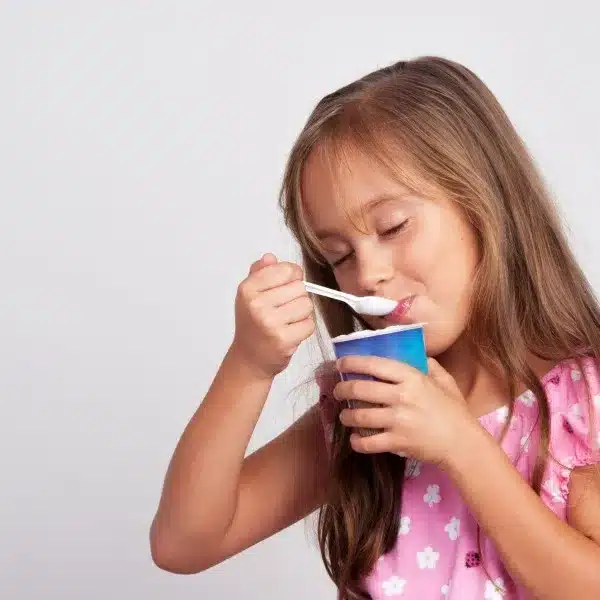Sneaky Toxin #2: Organic & Grass-Fed Dairy
Written by:
Maia James
07/06/2015

Updated: 09/29/2023
Looking for a different guide? Browse them all HERE.
This series of blog posts is all about hidden and surprising sources of toxins, and this one REALLY surprised me when I learned about it a few years ago. It also scared me: as a quasi-vegetarian, I eat a lot of dairy—dairy that I assumed was healthful, since it is always organic and often comes from grass-fed cows.
Unfortunately, in addition to worrying about the nutritional value of the foods we eat, and whether they contain pesticides, and whether they’ve got trans fats or artificial colors/flavors/preservatives in them, we now also have to worry about invisible chemical contamination that happens during the production and/or packaging of our foods.
Phthalates in Food
I joined Dr. Greene on a recent episode of The Doctor Oz Show to discuss the chemical plasticizers known as phthalates, which are implicated in everything from endometriosis to birth defects. I learned tons from Dr. Greene that day—including the fact that studies show that when put on a fast, people experience dramatic drops in their phthalate levels—as much as ten times within 24 hours! In addition to being found in things like shower curtains and scented cosmetics, phthalates have clearly made their way into our food supply.
Why Organic/Grass-Fed Isn’t Enough
For reasons that are not entirely clear, dairy and poultry have among the very highest levels of phthalates (as well as other chemicals), although red meat is also tainted. If you’re like me, you may be thinking that the milk you buy—organic, from grass-fed cows, and perhaps even sold in a glass bottle—must be okay. The price alone certainly suggests it’s superior!
Unfortunately, even if your milk is a nutritional super-star and coming out of an tiny organic farm, it could still be contaminated by a variety of man-made toxins, such as PBDEs (chemicals used as flame retardants and linked to everything from hormone disruption to lowered IQ) and, of course, endocrine-disrupting phthalates.
How Are Chemicals Getting In Our Food?
In some cases, it’s not entirely clear how toxins are ending up in our food supply, but chemicals like PBDEs are so pervasive in our environment that it’s not surprising.
When it comes to dairy, phthalates are likely introduced during milking, when the warm milk travels through flexible plastic tubes from cow to storage vessel. My parents buy raw, organic milk from an Amish farm, sold to them directly from the farmer and in a glass bottle. However, I’ve watched these Amish farmers milk their cows—and they use the same plastic tubing!
So What Can You Do?
Personally, I can’t commit to a vegan diet, and I don’t think it would be the most healthful choice for my family. I do, however, strive to eat mostly plant foods. People who eat diets rich in fruits, vegetables, beans, grains, nuts, and seeds have lower levels of phthalates in their blood than do people who eat more animal foods (dairy and meat).
I tell my clients to start by swapping out just one meat- or dairy-based meal a week. If you’re worried about protein when making a vegan meal, try beans. For healthy fats, add lots of nuts, avocado, or olive oil. For calcium, choose kale or collard greens.
Here are some other ways you can cut your exposure to chemicals in food:
- Because chemicals accumulate in fat, low-fat dairy and leaner cuts of meat have lower levels of a range of toxins, including phthalates and PBDEs.
- Opting for milk, cheese, and meat that is packaged in paper or glass rather than plastic eliminates one mode of entry for phthalates.
- Buying organic and grass-fed dairy and meat reduces your exposure to pesticides (some of which actually contain phthalates) that contaminate their conventional counterparts.
What are some of your favorite plant-based meals? I’m always looking for easy to prepare ideas, so please share!
Stay sane.


Maia, Founder & CEO
Note: This article contains affiliate links or sponsored content, which means that if you make a purchase, we may earn a commission. We only recommend products that meet our strict standards for non-toxicity and that we use (or want to use!) ourselves. Thank you so much for supporting the brands that make Good Stuff!





Leave a Reply
You must be logged in to post a comment.